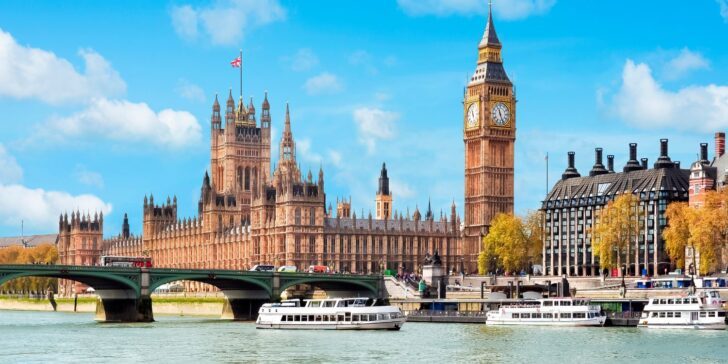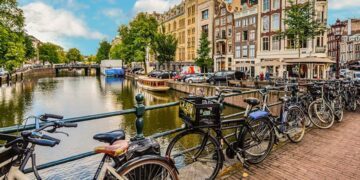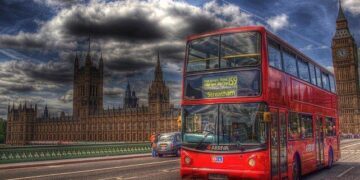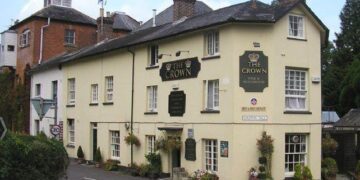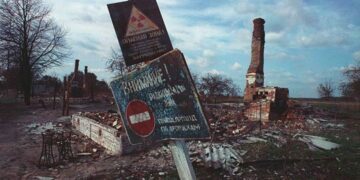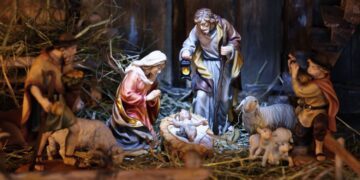Have you ever visited the capital city of the United Kingdom and wondered about its deep and fascinating history?
Maybe you’ve seen pictures of London that have sparked your curiosity to learn more about this famous city. Or maybe you’re wondering how this city has evolved over hundreds of years.
This is your chance to find out why London is so iconic and why people flock to visit every year.
More people live in London than any other city in the UK.
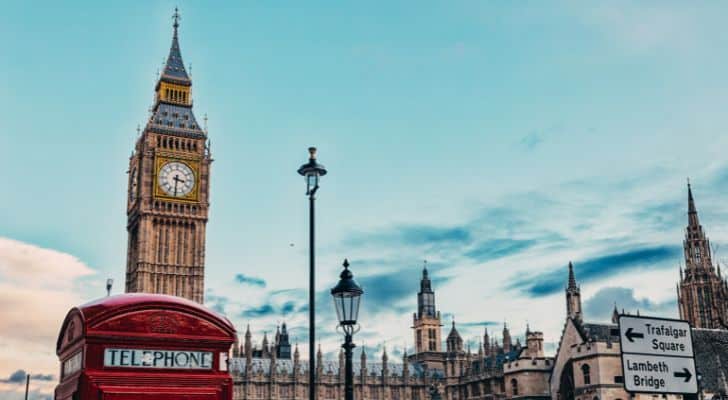
You might expect London to be bigger and busier than any other city in the country.
But you may be surprised that London is more than three times larger than the next biggest city, Manchester!
More than 9.6 million people call London home. This is far more than the 2.7 million people living in Manchester, making London the clear winner.
London has some of the world’s best universities.
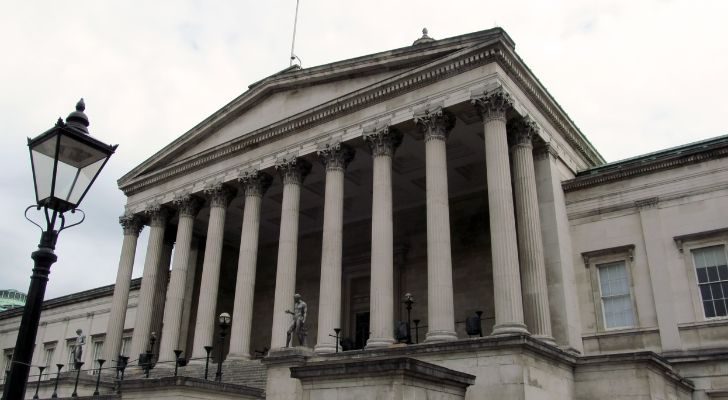
Imperial College London and University College London are consistently ranked among the best universities in the world.
They are known for their research expertise and excellence in subjects like engineering, medicine, and business.
Around 23,000 students attend Imperial College London at any given time. More than 9,500 degrees are awarded annually.
Over at University College London, more than 50,000 students come through the doors every year!
Buses in London have been painted red for more than 100 years.
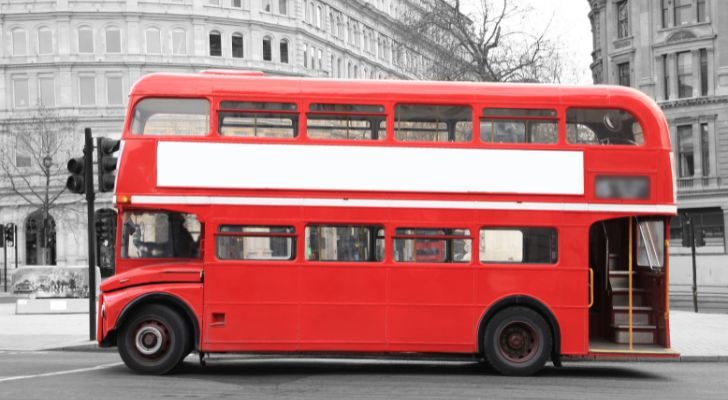
On the busy roads of London, the red bus is an iconic sight. But did you know that they have been painted red since 1905?
The London Motor Omnibus Company was the first to adopt red for their “Vanguard” fleet of buses that year.
In 1908, the London General Omnibus Company took over the Vanguard fleet. London buses have stayed red ever since, becoming a well-known feature of England’s largest city!
The British Museum is London’s most popular tourist attraction.
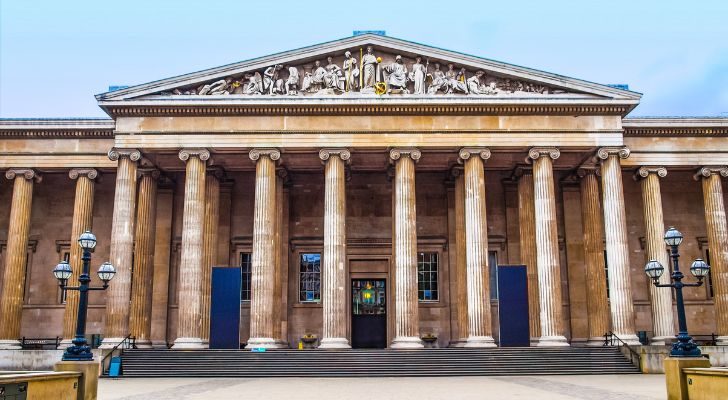
This famous museum in London welcomes more than five million visitors every year.
The museum contains exhibits from ancient Egypt, Greece, and Rome, as well as Asia, the Middle East, and North America.
That isn’t the only popular museum in London, though.
Tourists also flock to the Natural History Museum, Tate Modern, National Gallery, and the Victoria and Albert Museum, all of which welcome at least 3 million people annually.
Buckingham Palace – one of London’s biggest tourist attractions – has 775 rooms.
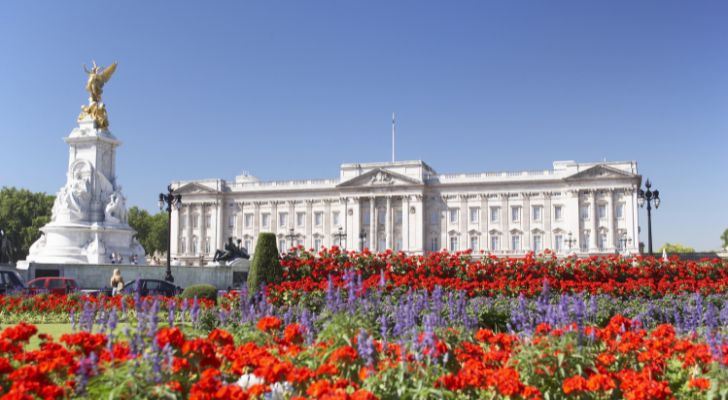
This grand palace is the official London residence of the British monarch. Due to its vast size, it could take hours to explore.
It takes up a large chunk of the city, measuring 354 feet (108 meters) by 394 feet (120 meters).
The palace itself has 52 bedrooms for members of the royal family and their guests, plus 188 bedrooms for the staff. It also has a whopping 78 bathrooms and almost a hundred offices!
During the summer, visitors to London can buy tickets to Buckingham Palace and wander through 19 State Rooms.
At other times of the year, they are closed to the public as the King hosts official receptions and events in these extravagant rooms.
London was first known as Londinium.
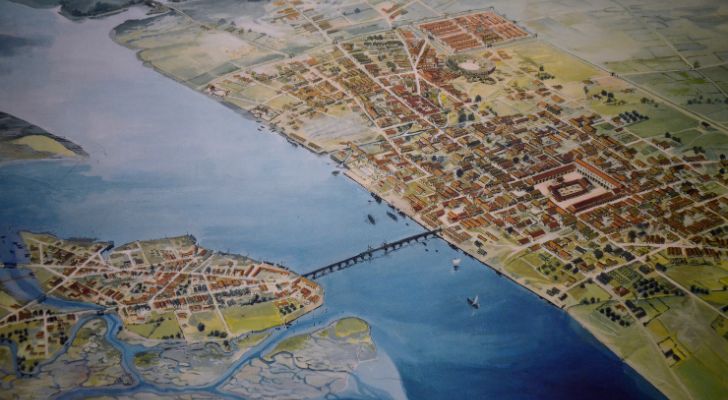
Around 110-120 AD, the Romans built the Roman Fort of Londinium as the capital of Roman Britain.
The fort itself occupied a fairly small area, taking up just 400,000 square meters (around 1.5% of a square mile).
A city wall was built into the fort in 200 AD, but not long after, the site was shut down. Britannia (as Britain was known back then) had become more secure, and the fort was no longer needed.
If you visit London today, you can spot some of the remains of the Roman Fort of Londinium.
Take a city tour or look for them on Noble Street and along the London Wall, where you will see the old Roman Fort Gate.
“Big Ben” is the name of the bells, not the tower.
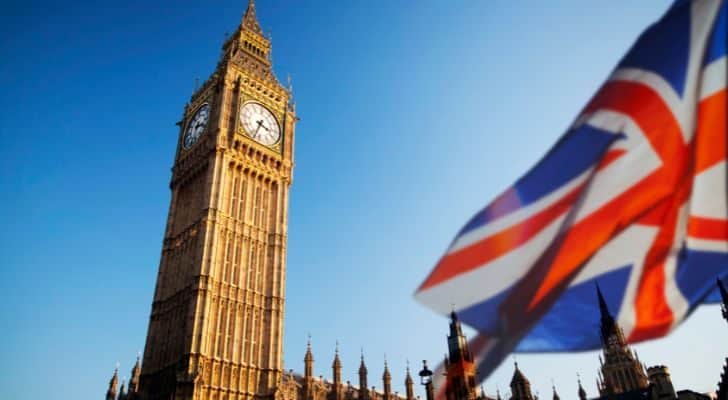
London’s iconic clock tower is often referred to as “Big Ben,” but did you know it is really called the Elizabeth Tower?
Known for decades as the Clock Tower, this striking building was renamed in 2012 to mark Queen Elizabeth II’s Diamond Jubilee.
The “Big Ben” bells have been chiming since 1367. You can hear them ringing throughout Westminster every hour.
And on New Year’s Eve in 1923, the whole country could hear the bells of Big Ben ringing as its chimes were broadcast on BBC Radio for the first time.
London’s smallest statue is just a few inches tall.
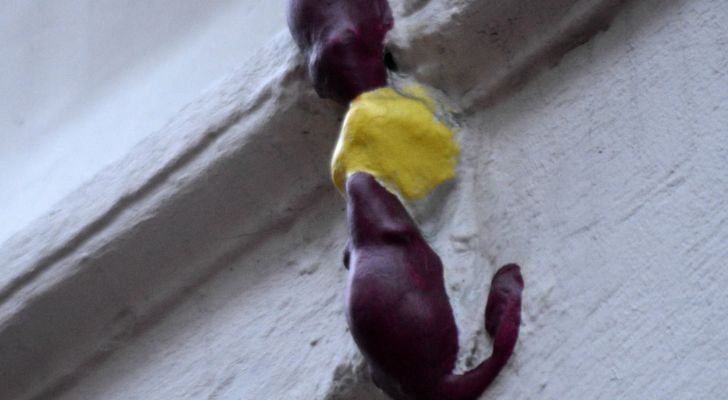
If you travel to Philpot Lane, you will find a tiny sculpture of two mice eating cheese. This is London’s tiniest statue, expertly constructed onto a building at 23 Eastcheap.
Nobody is quite sure why two mice fighting over a piece of cheese ended up on the wall of this grand building.
Some say the workmen decided to play a joke when they finished constructing the building in 1862.
Others believe mice kept stealing the workmen’s lunches, so they left the artwork behind as a tribute.
Whatever the reason, this little statue certainly piques the interest of those who pass by!
The world’s first underground railway was in London.
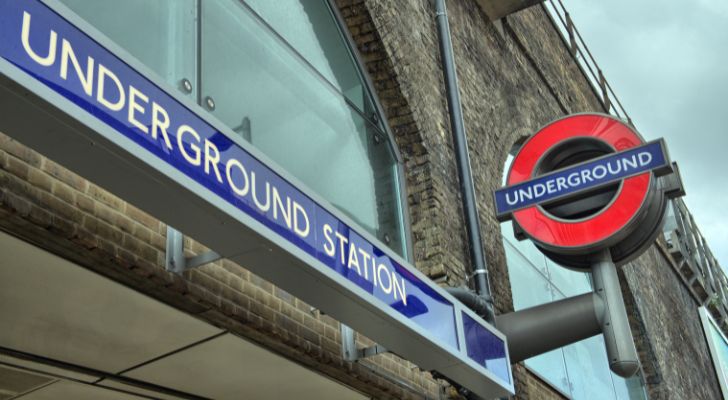
Subway systems and underground railways are common in cities worldwide today, but London was the only city to have one in 1863.
On London’s Metropolitan Railway, people could travel between Paddington and Farringdon, stopping at four other stations in between.
Today, there are more than 270 stations in London’s underground system, which locals know as “the Tube.”
London’s world-famous Christmas tree in Trafalgar Square comes from Norway.
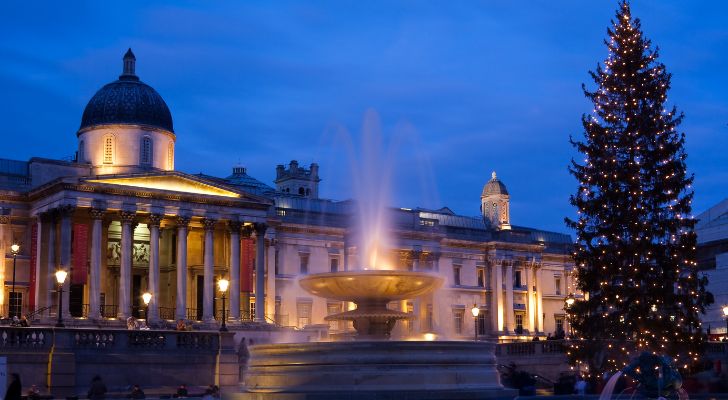
In December, visitors to London’s Trafalgar Square will find carol singers, markets, and a huge Christmas tree.
To express thanks for Britain’s support during the Second World War, Norway has gifted the people of London a Christmas tree since 1947.
It is carefully chosen from the forests around Oslo and typically stands at around 65 feet (20 meters) tall. It is brought to the UK by boat before going to London in a lorry.
When Christmas ends, the tree is dismantled and recycled to make mulch.
London has hosted the Olympic Games more than any other city.
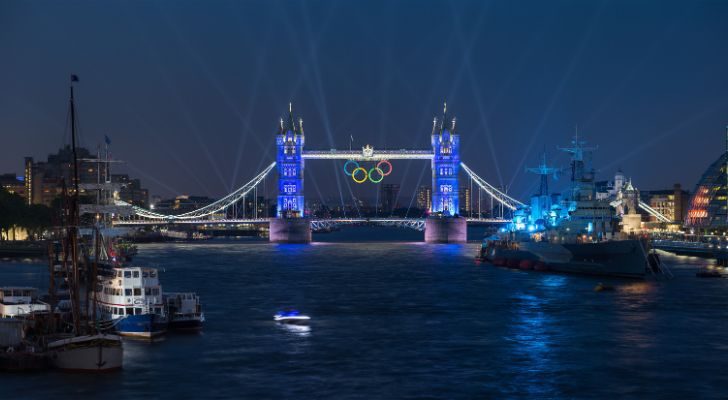
The Summer Olympic Games have been held in London three times.
In 1906, Mount Vesuvius erupted in Italy, and the 1908 Olympics had to be hosted elsewhere. London was chosen, and 66,000 people could watch the games in the new White City Stadium.
Forty years later, London hosted the 1948 Olympic Games after the competition went on hiatus due to WWII.
In 2012, visitors again flocked to London to watch the world’s leading athletes compete at Olympic Park.
London’s iconic red telephone booths are still active.
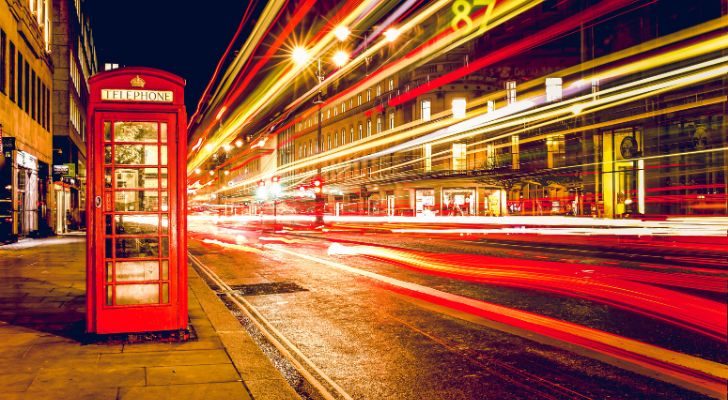
Walk through London and you will see many tourists lining up for a photograph of the famous red telephone booths. They first appeared in 1926 and have become one of the city’s most iconic sights.
Today, they are mainly used as the backdrop for a good Instagram photo, but it’s still possible to pick up the phone and make a call.
In fact, you can even call the telephone booths.
Dial +44 20 7930 1397 to reach the telephone booth in Parliament Square, one of the most famous due to its location near Elizabeth Tower, the home of Big Ben.
If you’re lucky, a surprised tourist may pick up the phone!
More than 13,000 homes were destroyed in the Great Fire of London.
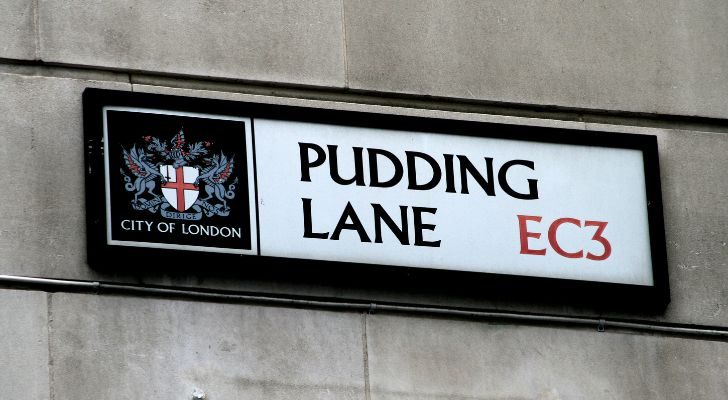
In 1666, thousands of people became homeless as a huge fire swept through the city. The Great Fire of London wiped out 87 churches and even destroyed the famous St. Paul’s Cathedral.
Homes were made of timber in the 1600s, and people didn’t know about fire safety as they do today.
The fire started in a bakery on Pudding Lane and soon spread throughout London. There was no fire brigade then, so the navy blew up houses to prevent the fire from spreading further!
It took more than 30 years to reconstruct London after the devastating inferno.
The Changing of the Guard ceremony happens every day in London.
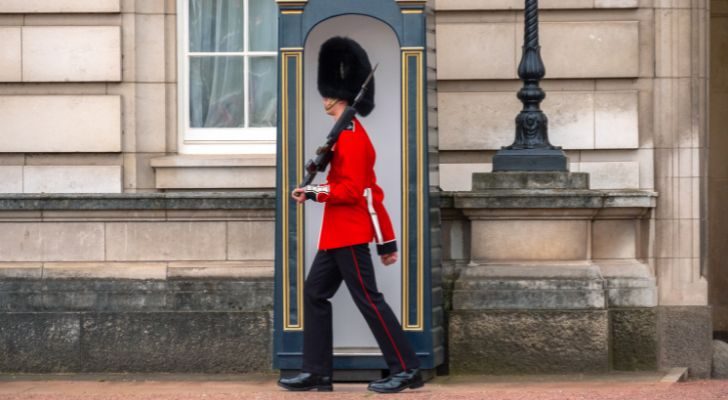
If you spend a few days in London, you will likely have an opportunity to watch the Changing of the Guard. This ceremony is held at Buckingham Palace and Windsor Castle every day of the week.
It is the moment when the famous royal guardsmen, in their bearskin hats and red jackets, hand their duties over to their colleagues. Thousands of people watch, and a royal band plays.
The Crown Jewels are kept in the Tower of London.
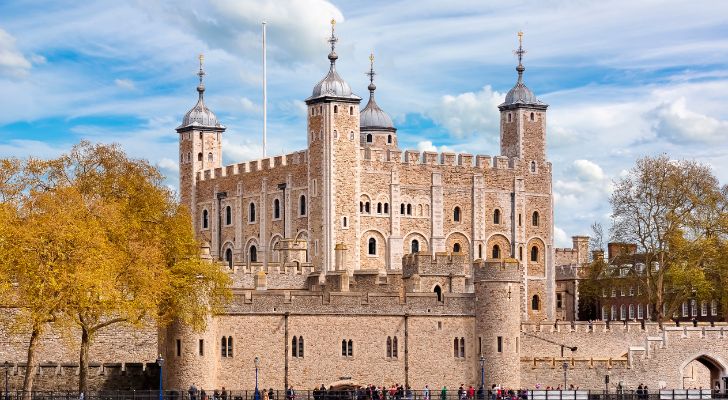
People who watch British royal ceremonies might notice sparkling gemstones among the pomp and circumstance.
These are from a collection of 23,578 jewels, which have been stored in the Tower of London since 1661.
Armed guards look after the Crown Jewels in the tower’s Jewel House.
They are only moved for special occasions, like royal coronations, and important events like the State Opening of Parliament.
Some of the world’s most famous musicians are from London.
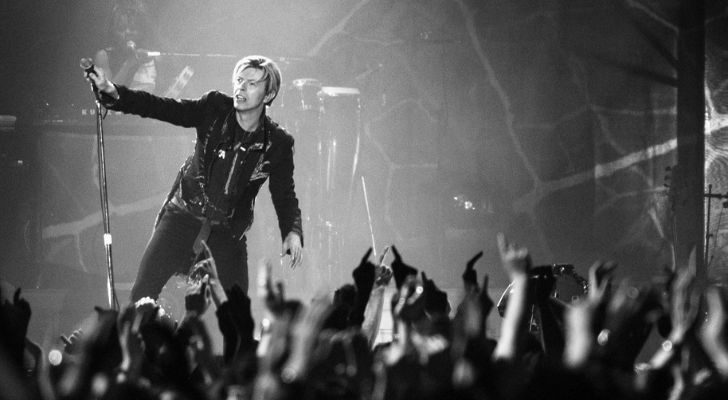
British singers like David Bowie and Amy Winehouse hail from London, contributing to the city’s worldwide recognition as a hub of music and culture.
The influence of these musicians can be seen throughout the city, too. A statue of Amy Winehouse stands in Camden Stable Market, while Brixton is home to a mural of David Bowie.
And it doesn’t stop there. Coldplay started in London, performing to the locals in Camden Town.
Adele came from humble beginnings in Tottenham before winning Grammy Awards and performing in Las Vegas.
Guy Fawkes plotted to blow up London’s Houses of Parliament in 1605.
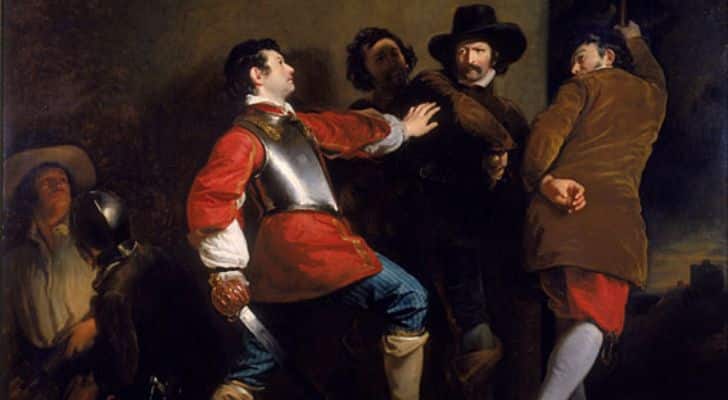
As revenge for the oppression of Roman Catholics under King James I, Guy Fawkes and his accomplices came up with the famous “Gunpowder Plot.”
They wanted to do away with the King and his chief ministers as they met inside Parliament for the official state opening.
Guy Fawkes left 36 barrels of gunpowder in a cellar underneath the Houses of Parliament, hoping they wouldn’t be discovered.
But his plan was foiled when the gunpowder was found. Guy Fawkes was arrested and revealed the names of his co-conspirators after being tortured in the Tower of London.
He was due to be executed but died jumping from the gallows instead.
In Britain, Guy Fawkes Day is celebrated on November 5 to celebrate the failure of the Gunpowder Plot.
The River Thames is the longest river in England and runs through the City of London.
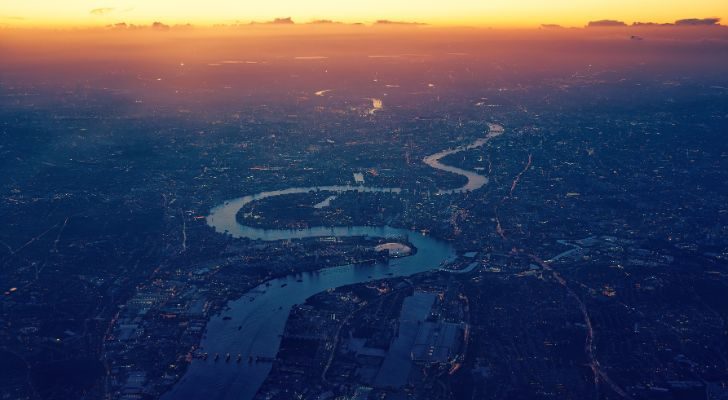
The River Thames is 205 miles (330 kilometers) long. It is well-known as a feature of London, and it is not difficult to spot the River Thames if you visit this famous city.
However, it extends outside of London and well beyond the city, reaching surrounding places like the Cotswolds and Northamptonshire.
If you want to travel around London differently, you can ride along the River Thames on a boat. Join 4 million other passengers who cruise along on Uber Boat every year!
Royal occasions bring millions of visitors to London.
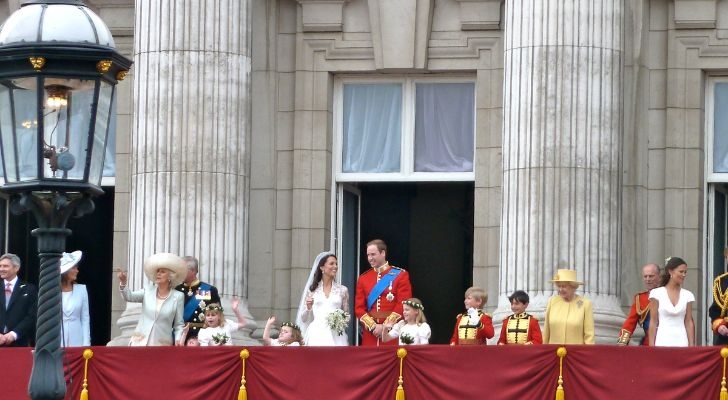
People travel from around the world to witness once-in-a-lifetime royal events, like Queen Elizabeth II’s Platinum Jubilee in 2022.
More than 2.6 million visitors came to London to mark 70 years of the Queen’s reign.
International tourists are drawn to the royal history of London, and visitors from the United States are particularly attracted to the Royal Family.
Flight bookings from the US increase by 10% in the summer, and visitors spend their cash on souvenirs like plates, socks, and tea towels.
Some finance firms have estimated the British monarchy brings half a billion pounds (over $US600,000) to the UK’s economy annually.
You can travel between London and Europe by train.
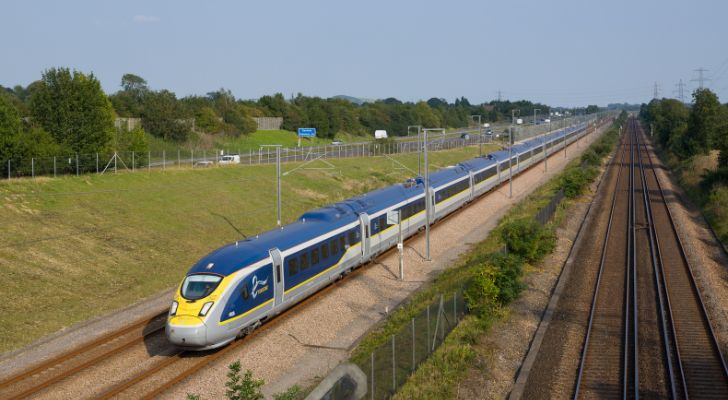
Although Britain is an island, there are other means of transport to other countries besides planes and boats.
If you want to travel from London to European cities like Paris, Amsterdam, or Brussels, you can easily hop on a train across the English Channel.
The Eurostar takes more than 18 million passengers a year between these popular destinations.
And with less than two and a half hours of travel time from London to Paris, it’s no wonder why so many people are ditching the airlines and going by rail instead.
London’s Westminster Abbey is the final resting place for the “Unknown Warrior.”
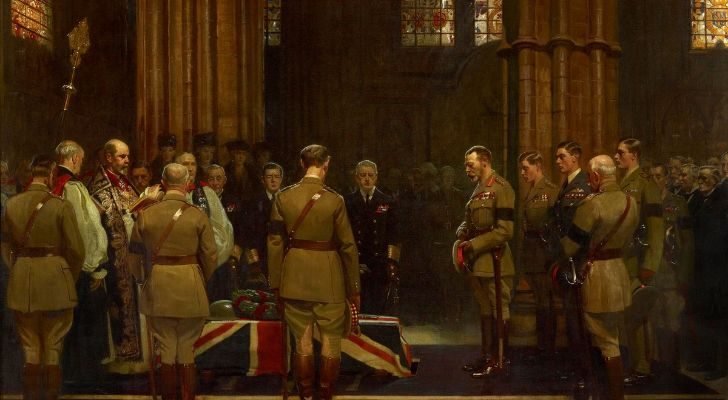
Around 3,300 people have been buried in Westminster Abbey. Among the most famous tombs is that of the “Unknown Warrior,” which commemorates soldiers who gave their lives during the First World War.
In November 1920, the remains of an unknown soldier were brought to Westminster Abbey.
Nobody knew where the soldier came from or whether he had served in the Navy, Army, or Air Force.
It has since become a memorial to all the soldiers who died during the war and have no known graves.
The Harry Potter movies were filmed in London.
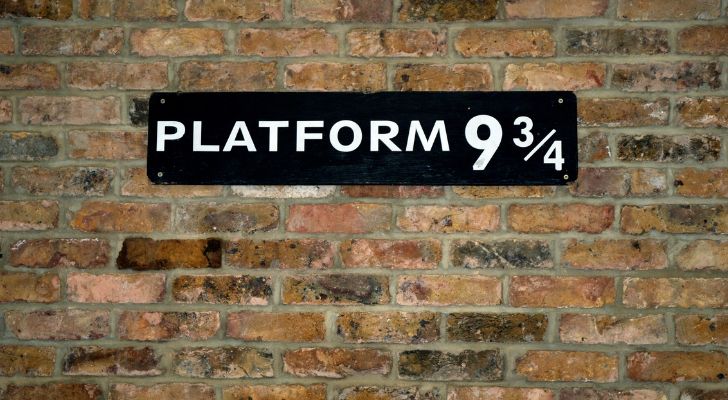
All eight Harry Potter movies were filmed at Warner Bros. Studio in London. More than two million visitors a year enjoy a behind-the-scenes studio tour to learn more about these world-famous films.
London has iconic locations linked to the Harry Potter movies, like Platform 9 ¾ at Kings Cross station.
Another, Leadenhall Market, a Victorian market built in 1881, appears in Harry Potter and the Philosopher’s Stone as the entrance to the Leaky Cauldron pub and Diagon Alley.
There are more Indian restaurants in London than in Mumbai.
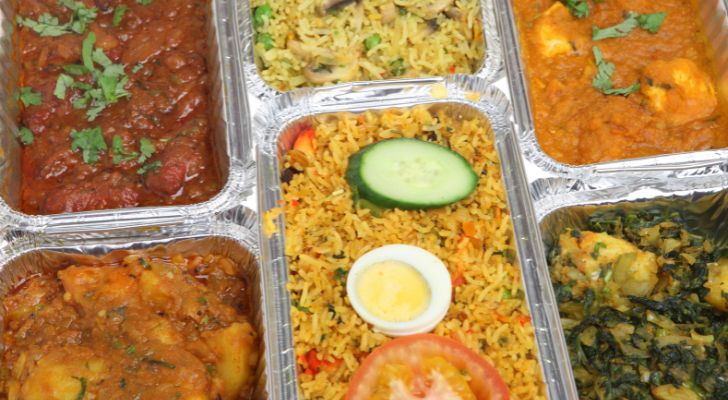
Dishes from India are among the most popular in the United Kingdom, so it’s no surprise that London is home to hundreds of Indian restaurants.
British people love Indian food so much that, in 2001, Foreign Secretary Robin Cook called chicken tikka masala a “true British national dish.”
Thousands of South Asians live in London, and many have joined the catering industry.
Today, you will find more Indian restaurants in this city than in Mumbai and Delhi combined.
London’s motorway was once the most hated in Britain.
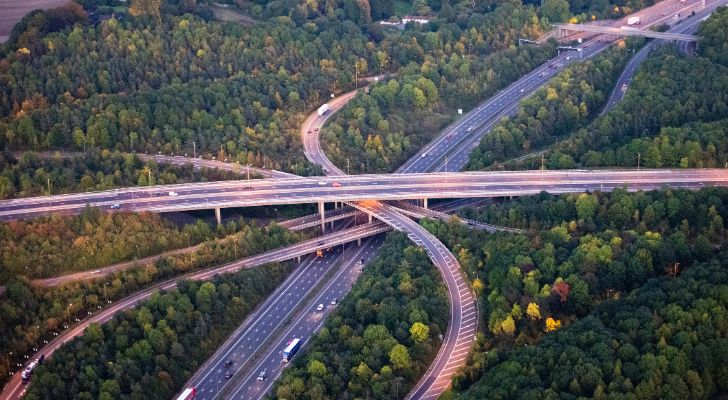
The M25 motorway circling around London sees more than 200,000 cars every day.
However, a 2013 poll of more than 23,500 drivers suggested the M25 was the least popular motorway in the entire country.
This busy highway is Europe’s second-longest city bypass, stretching 117 miles (188 kilometers).
It is one of the busiest roads in Europe and cost £909 million (1.15 billion US dollars) to construct. That’s an average of £7.5 million (9.5 million US dollars) per mile!
The London Eye is the largest cantilevered Ferris wheel in the world.
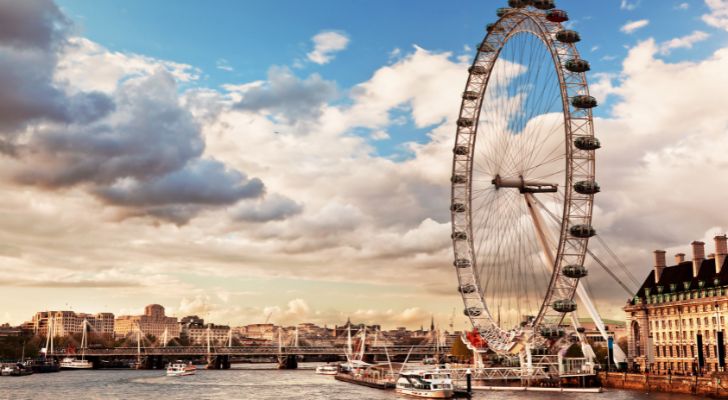
Standing at 443 feet (135 meters) tall, the London Eye cannot be missed along the city’s skyline. While not the largest in the world, it is the largest that’s cantilevered (supported only on one side).
Launched on March 9, 2000, the London Eye is one of the city’s most popular attractions.
Over the years, it has been sponsored by large companies like British Airways and Coca-Cola.
To mark milestone anniversaries, the London Eye has given away free tickets. On its 18th birthday, anyone turning 18 on the same day could ride on this iconic wheel free of charge.
London black cab drivers must pass a difficult test.
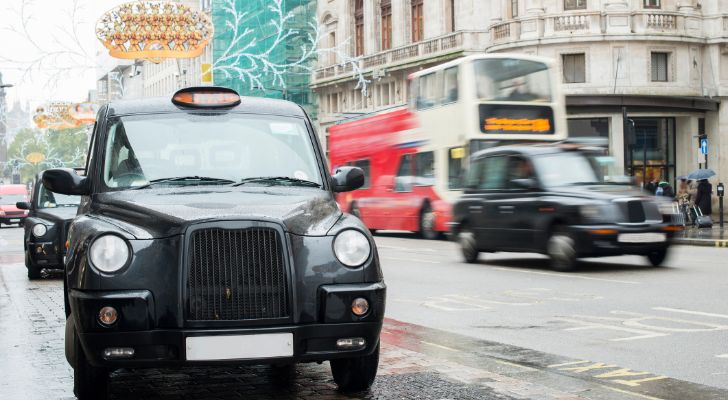
Those who dream of driving London’s famous black cabs must pass a test known as the “Knowledge of London” or simply “The Knowledge.”
The test quizzes would-be drivers on 320 routes around London and thousands of roads and attractions.
People who hail a black cab may ask their driver to take them anywhere in the city.
Drivers need to be able to quickly navigate London’s complicated streets without the use of any maps or mapping apps.
This challenging test dates back to 1865, when taxi drivers were first required to pass the Knowledge.
More than 300 languages are spoken in London.
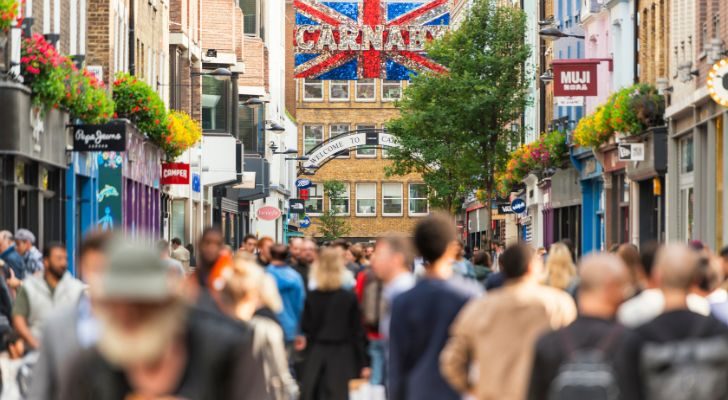
More than a third of the people living in London were born outside the United Kingdom, making London a truly diverse city.
With more than 270 different nationalities, it’s no wonder so many languages are spoken here.
It’s thanks to this unparalleled multiculturalism that London is such a hub for businesses, culture, and social life.
How many of these fascinating London facts have taught you something new?
Whether you’re a resident of the city or have dreamed of visiting for years, you can see there are many interesting facts to blow your mind!
From its rich history filled with tragic events to the hundreds of different cultures that make London unique today, there is a lot to learn about this famous city.
If you visit London, you’re bound to meet somebody new, see something different, or try a new experience.
You can see famous sights like the Elizabeth Tower and Buckingham Palace with your own eyes or cruise along the iconic River Thames against the backdrop of the massive London Eye!
Whatever takes your fancy, you’ll know more about London now you’ve read these fun facts!

